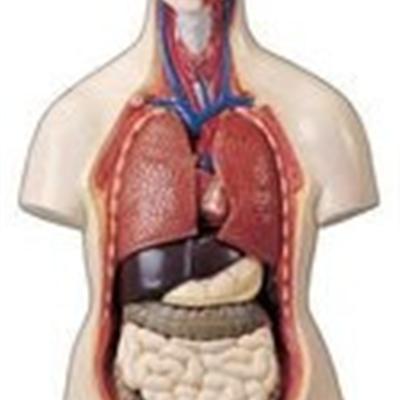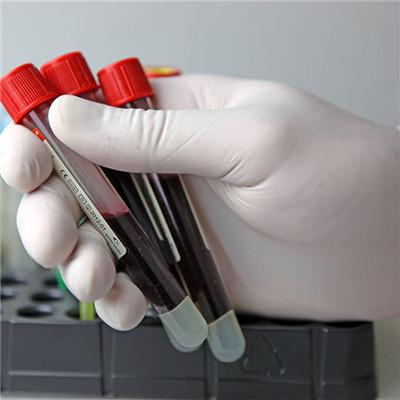Breast cancer symptoms?
summary
Breast tumor is a very common gynecological disease. Women with breast tumor are generally middle-aged. Because the female breast part is the symbol of women, is also the normal physiological activities of women are inseparable from the parts, breast tumor symptoms? Next, I'd like to share my views with you.
Breast cancer symptoms?
Painless mass: it is often the first symptom, characterized by infiltrative growth of the mass. Even if the mass is small, it can cause skin adhesion if it involves the breast suspensory ligament. Larger mass may have skin edema, orange peel like change, nipple retraction or depression, lymph node enlargement and other symptoms; Later, there were satellite nodules on the skin, even ulcers. The early stage of this disease should be differentiated from benign breast lesions such as inflammatory mass, hyperplasia of breast and benign tumor
Nipple changes: when the breast fibrous tissue and ductal system are infiltrated by the lesions, the nipple will be shortened and pulled, so that the nipple will incline to one side of the tumor. Further development of the lesions can make the nipple flat, retracted, depressed, or even completely fall into the areola, and the nipple can not be seen. Sometimes the whole breast is raised due to the contracture of fibrous tissue in the breast. The typical symptoms of eczema like carcinoma can be seen when the nipples are erosive.
Mammary gland fibroma: mammary gland fibroma is located in the outer upper quadrant of mammary gland. Usually oval, small for cherry or walnut big, but also larger. Generally, the surface of tumor is smooth and hard. The boundary of the tumor was clear without adhesion to the skin and surrounding tissues. It can be pushed around the breast without obstruction. Although it can be moved, it will return to its original position when you let it go. There was no spontaneous pain or tenderness.
matters needing attention
The localized thickening of mammary gland is a common but neglected sign in clinic. It is physiologic if it occurs in premenopausal women, especially when it changes with the size of menstrual cycle. If the thickened tissue exists for a long time, it has nothing to do with the change of menstrual cycle, or it becomes thicker and wider, especially in postmenopausal women, it must be paid attention to.










